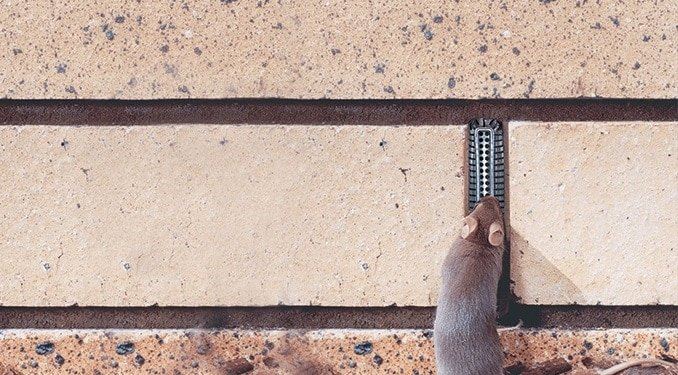| National Wildlife Control Operators Association |
member login |
Mice
.png)
Mice are commensal rodents, meaning they have adapted to living with humans. Using our structures for living space and our food as their food source. Our choice in landscaping plants, bird feeders and other factors provide optimal environments for these pests. Reproduction of the house mouse is similar to rats. The average gestation is 20 days, and litter size is about six, with 6 to 10 litters per breeding life of the female. Mice in Your Home Entry into homes is gained at low, mid and high entry points, with the most entry points at ground level. Mice however are excellent climbers and have no issues climbing brick, siding corners and other areas of home to exploit gaps of a 1/4 inch to gain access to interior of home. A very high percentage of homes nationwide, some researchers estimate 95% of homes, have mice nesting in their attics. An attic is a great location for mice, no predators, insulation for nesting material, combined with their ability to get their water supply metabolically from the food they eat, all make your attic attractive to them. Noise levels can be extreme with clients often thinking noise is due to larger wildlife. Mice chewing on a wall stud or drywall especially at night does sound like a much larger animal due to the quietness of the home and the resonating noise within the wall void. Control Methods Control is best achieved with a combination of both professional rodent baiting or trapping and exclusion to limit mice entering home. A Wildlife Control Operator (WCO) can provide trapping programs, as well as repairs referred to as exclusion, to limit the numbers of mice entering the home.  Some WCOs also carry pest control licenses that allow for the application of rodenticides. The combination of exclusion and removal/baiting programs reduces the number of rodents and ends the repeating breeding cycle. Some WCOs also carry pest control licenses that allow for the application of rodenticides. The combination of exclusion and removal/baiting programs reduces the number of rodents and ends the repeating breeding cycle.No home or structure can be made 100% mouse proof as open garage doors, windows and doors allow entry for small numbers of mice. Addressing common primary entry points is highly successful in preventing rodent infestations and combining that with removal/baiting programs greatly reduces or ends most situations. |
